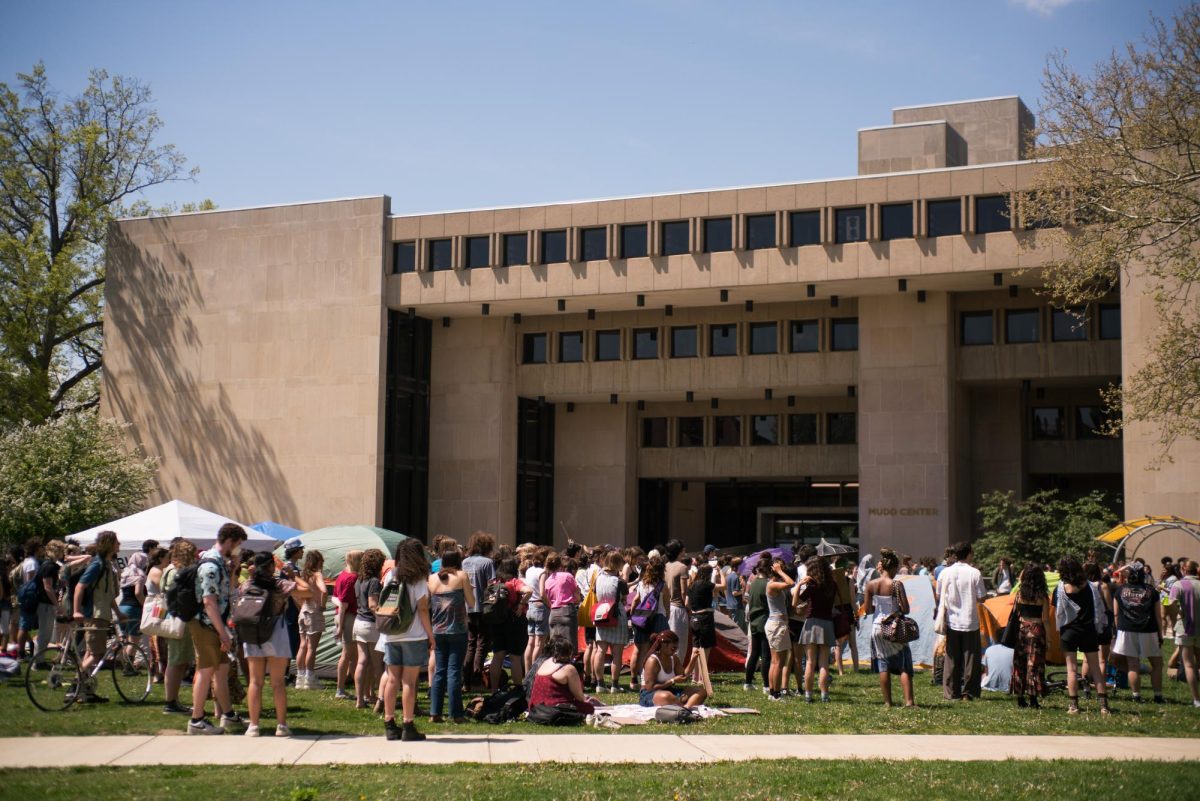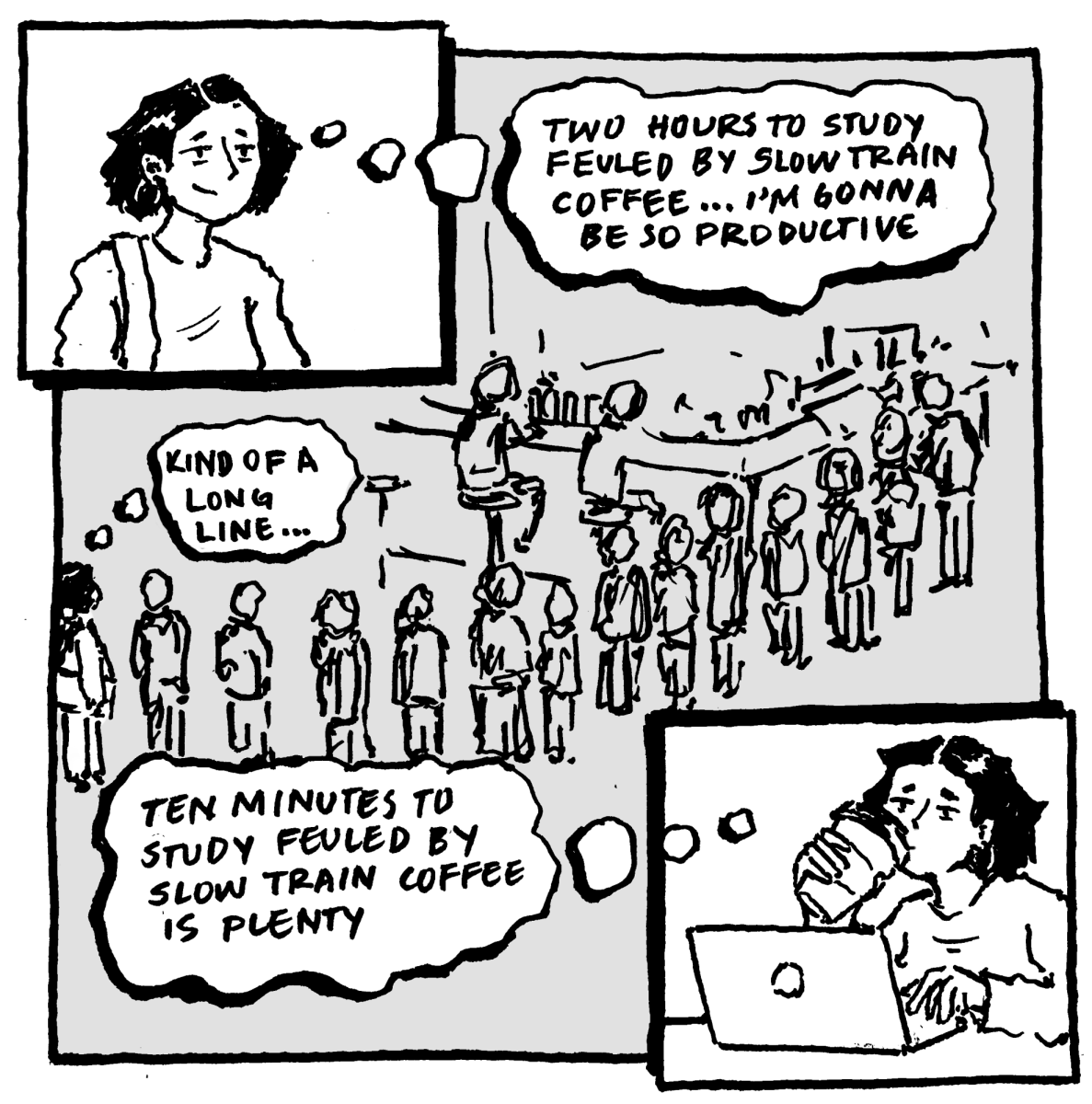The current attention surrounding politics, the current voting system, third parties, myopic partisanship, and the general stress of the 2024 presidential election is center stage in America. Because Ohio is a solid red state, something that has been a consistent discussion in the past few weeks is choosing to not vote for Kamala Harris for her policies toward Israel and Gaza, but rather for a third-party candidate who does not share those policies. For some, voting third-party allows for disapproval of Harris to be shown in numbers on the ballot, but for many others, the view of voting third-party in such a tight, contentious, and critical election is a betrayal to democratic values and is a vote for Trump.
The United States has had a problem with third-party candidacy success at the federal legislative and executive branches for decades. Democratic and Republican candidates have dominated polls nationwide, with a typical fraction of the vote going toward third-parties such as the Green Party. The most significant recent impact of third-party candidates was in 2000 with the presidential race between Al Gore and George W. Bush, where the initial result found the candidates within an extremely close margin of each other — nearly 0.5 percent of all votes cast, and in Florida within hundreds of votes — making it one of the tightest presidential races in American history. One of the main reasons? Green Party candidate Ralph Nader received over two million votes. Those votes were spent on a candidate who, in America’s current voting system, faced no real chance of securing the presidency. If those votes had instead been spent on the candidate with the closest ideals, Al Gore, the tide would have turned significantly; the Supreme Court’s decision in Bush v. Gore would have likely never happened, Gore would have secured the electoral votes to win, and the course of 21st-century American history may have been changed irrevocably. Instead, Bush won, and we know the rest. We now find ourselves facing a similar situation.
Most polls leading up to the election reported that Harris and Trump were virtually gridlocked across the U.S. However, that did not stop Trump from sweeping all five swing states and resecuring the presidency early Wednesday morning. It was those five states that decided the election; both candidates didn’t even campaign in most others. The current system of the electoral college taking precedence over the popular vote has caused those in solidly red or blue states to feel as if their votes don’t count toward their desired candidate, resulting in a lack of enthusiasm to vote or a gravitation toward third-party candidates. This is anything but true. Voting is such a sacred institution in the U.S. and we should treat it as such, regardless of where we reside and which party we identify with. I may not be able to personally speak to the less enthusiastic view, as I vote in the infamous swing state of Pennsylvania and doing so makes me feel rather energized about the process, but being at Oberlin and living in the solidly red state of Ohio for years now has made me realize the spectrum of apathy in the voting world. Under the current bilateral determination of the superseding electoral college and the feeling of decreasing importance of a singular choice for popular vote, many are left feeling hopeless. If someone eventually were to take the steps to eradicate this system, there is a proven way to amend the process.
Ranked-choice voting is an alternative to the typical fashion of filling in one bubble per elected position. On the ballot, you would rank the candidates numerically in the order of your preference. Once the initial wave of votes is tallied, if no candidate receives a majority of the votes, the last place candidate is eliminated and those who ranked them first would have their votes go to their second choice, if any. This process would repeat until one of the candidates receives a majority percentage of the votes, resulting in them winning the election. Beneficial aspects of ranked-choice voting are greater representation in choices, votes “not going to waste,” more opportunities for third-party choices, and reestablishing the importance of the popular vote. This can also help to dismantle the electoral college for presidential elections, which became a point of contention when Trump lost the popular vote by nearly three million votes in 2016 but won because of electoral college supersedence.
While ranked-choice voting is typically only used at local and municipal levels in a very limited number of states, there are two major exceptions to this fact: Alaska and Maine. Maine, the less expansive of the two, requires ranked-choice voting to determine elections for Congress, governor, state legislators, and presidential primaries, as well as in certain conditions for municipal elections. Alaska is spearheading the use of ranked-choice voting, as the state requires ranked-choice voting for all general elections. The two states have enjoyed successes with this implementation, and Alaska’s specific state- and federal-wide application is a good model for implementing the system across the U.S. States should genuinely consider Alaska’s model for their own voting systems, as it could be a sound way of remodeling elections. After all, voter rights and election processes have constantly changed over the nation’s 248-year history — the electoral college is an outdated institution, and if there’s anything the founders wanted for this country, it is to embrace gradual change. That is why the Constitution is structured in the way it is. Finally, Alaska’s implementation of ranked-choice voting at the federal level specifically proves that it does not violate the Constitution’s provisions surrounding how federal elections should be conducted.
It would be remiss not to discuss ranked-choice voting’s flaws — they exist and are a reason why many states have yet or outright refuse to adopt it. It is expensive to implement, it is a complex concept to introduce and could cause confusion to many when voting, it potentially delays results depending on how many tallies need to occur, and it seemingly favors Democrats. This last point can be explained by the tendency for third-party candidates to take votes away from Democratic candidates. Many states have apparently taken this as a violation of constitutional principles and outright banned the practice, as technically your vote may be reallocated while others may not.
“We believe in the one person, one vote system of elections that our country was founded upon,” Missouri state Senator Ben Brown said in an NPR interview.
As of April 2024, 10 states have banned ranked-choice voting, all of which lean Republican. To me, this is an ironic reaction, as historically, the case is that these states tend to gerrymander and violate voters’ rights more frequently than Democrat-led states — see Supreme Court cases Baker v. Carr (1963), Shaw v. Reno (1993), and Allen v. Mulligan (2023), for example.
Ranked choice voting is not a perfect system, but neither is the electoral college and the current status quo. So, maybe Alaska has the answer to the electoral college and third-party questions. But given the consistently polarizing choices every election with no conceivable way of dismantling it successfully, it may prove a better way to solve many of America’s voting troubles — especially elections like Harris vs. Trump, which we unaffectionately termed “the most important election of our lives.”












